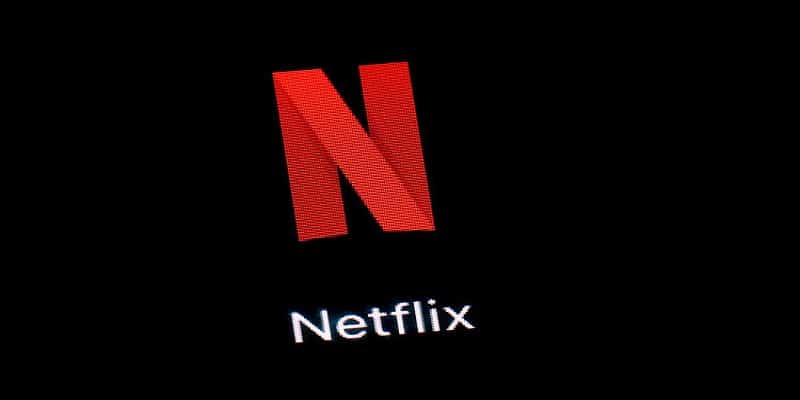LG G6 was the first smartphone to be certified HDR (HDR10 and Dolby Vision) by Netflix in May 2017, followed in August 2017 by Sony Xperia XZ Premium which received certification for HDR10 (not for Dolby Vision), and together they were the first two smartphones in the world to support content with a wider dynamic range of colors than the main video streaming service. The list is constantly updated and today, 27 July 2019, includes- Honor 10, Honor Play, Huawei Mate 10 Pro, Huawei Mate 20, Huawei P20, Huawei P30 and P30 Pro, LG G7,LG G7 One, LG Q9 One, LG X5, LG V30, LG V35, LG V40, OnePlus 7 and 7 Pro, Google Pixel 3, Razer Phone, Razer Phone 2, Samsung Galaxy Note8, Samsung Galaxy Note9, Samsung Galaxy Tab S3, Samsung Galaxy Tab S4, Samsung Galaxy S9, Samsung Galaxy S10 / S10e / S10 +. Sony Xperia XZ Premium, Sony Xperia XZ1,Sony Xperia Xz2, Sony Xperia xz2 Premium, Sony Xperia XZ3, Apple iPhone 8 / 8 Plus / X / XS / XS Max / XR, Apple iPad Pro (second generation).
Compatibility for Netflix HDR content, therefore with a greater range of colors on mobile devices initially came to LG G6 with version 5.0 of the Netflix app for Android. “Starting with the LG G6 that supports both Dolby Vision and HDR 10 streaming, Netflix will extend HDR support on mobile devices,” Netflix CEO Reed Hastings promised during the company’s press conference in Barcelona for Mobile World Congress 2017, as reported by TheEconomicTimes. Two months after this statement, the video streaming giant began to make available support for HDR on a total of 38 mobile devices, the ones listed above, today.
HDR10 and Dolby Vision- phones that support it– LG G6, Apple iPhone 8/8 Plus / X / XS / XS Max / XR, Apple iPad Pro (second generation) support Netflix HDR content in Dolby Vision. The rest of the certified devices support the HDR10 standard.
Read also- LG G6 first phone with Dolby Vision HDR
Dolby Vision and HDR10- what are the differences?
Dolby Vision technology is the ‘cousin’ of HDR-10 technology, with the difference that the former is more complete and precise, and supports masters up to 12 bits with peak brightness up to 10,000 nits; HDR-10 instead reaches peak brightness up to 4000 nits and supports masters up to 10 bits. HDR-10 is more accessible, and for this reason, it has been chosen as the format for 4k HDR Blu-ray discs that are on the market today.
Between Dolby Vision and HDR the substance does not change- the contents are in ‘High dynamic range’ and offer a wider range of colors, as well as greater contrast and brightness- the result is images with a more realistic appearance, with more details visible in the darker parts of the screen and with a wider range of colors, allowing you to see details that could not be seen before.
Before bringing HDR to mobile devices such as smartphones and tablets, Netflix only offered HDR content on some devices, such as smart TVs, Google Chromecast Ultra dongles, NVIDIA Shield, Xbox One S, and some Roku models. Dolby Vision is supported on even fewer devices, especially on LG, Sony and Vizio TVs.
Netflix HDR on Apple iPhone 8 and XR, let’s be clear
Apple iPhone 8, iPhone 8 Plus and iPhone XR are listed in the official list of Netflix certified phones to be able to play Dolby Vision content but it is important for iPhone 8, iPhone 8 Plus and iPhone XR owners to know that rue HDR experience is not available on these iPhone, as the phone panel does not meet all the requirements for HDR as seen in the iPhone X, iPhone XS, and iPhone XS Max that satisfy them. For example, the iPhone 8 display and iPhone 8 Plus cannot reach 1000 nits of brightness. In the case of iPhone 8, iPhone 8 Plus and iPhone XR, Apple simply states that the phone is “compatible with Dolby Vision and HDR10 content” while for iPhone X, iPhone XS and iPhone XS Max specifies the presence of an HDR display ‘with compatibility with “Mashable in this regard, Apple said- “iPhone 8 and 8 Plus users will see visual improvements in dynamic range, contrast and wide range of colors when they reproduce HDR content from their content providers, but they will not be at the same level of loyalty visual HDR as on iPhone X, which has an HDR screen “. The same goes for iPhone XR, while iPhone XS / XS Max has an HDR display. As a result, images are best seen on iPhone 8/8 Plus / XR but not as on an HDR panel on iPhone X / XS / XS Max.

